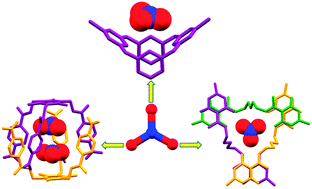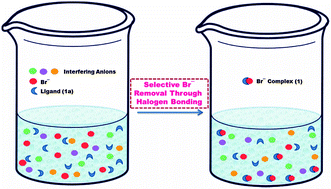Scientists in the US have shown that phenylsilane is a safer and more convenient replacement for hydrogen gas when synthesising uranium and thorium hydrides.

Thorium and uranium are the most abundant actinoid elements. Although many stable thorium and uranium oxides and minerals are found in nature, the other actinoids are almost exclusively found in nuclear waste. Understanding actinoid chemistry has important practical applications in the nuclear industry but it is also fundamentally fascinating as the actinoid f electrons are so unlike those of the lanthanoids. Scientists need to make and study actinoid complexes with different oxidation states and with different ligands to understand their chemistry. Unfortunately, organometallic actinide chemistry can be quite challenging as organoactinide complexes will react – sometimes violently – with air or water, meaning that specialist equipment is needed to make and store them safely. Read the full article in Chemistry World»
Read the original journal article in ChemComm – it’s free to access until 23 December 2015:
Phenylsilane as a safe, versatile alternative to hydrogen for the synthesis of actinide hydrides
Justin K. Pagano, Jacquelyn M. Dorhout, Rory Waterman, Kenneth R. Czerwinski and Jaqueline L. Kiplinger
DOI: 10.1039/C5CC06856H, Communication
















